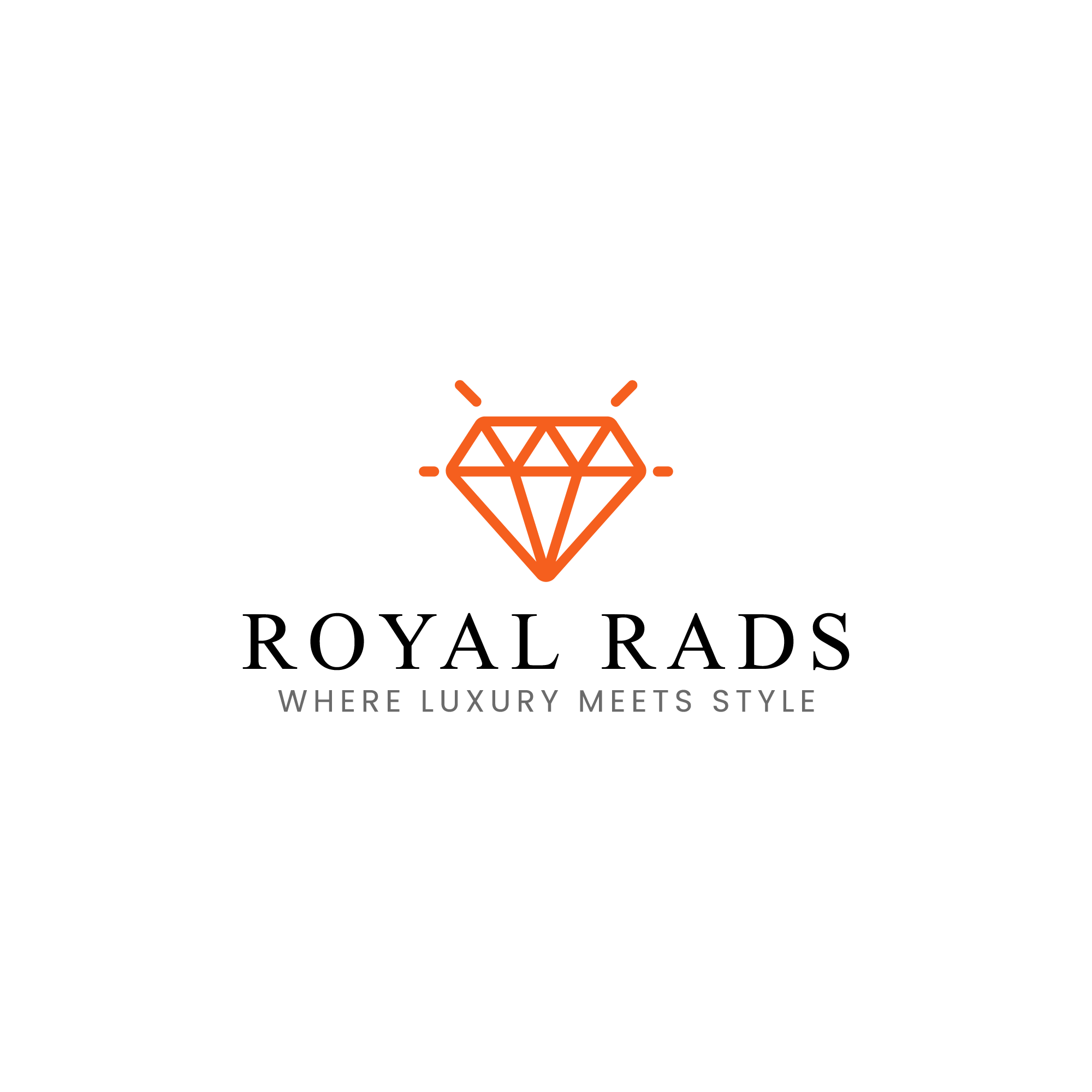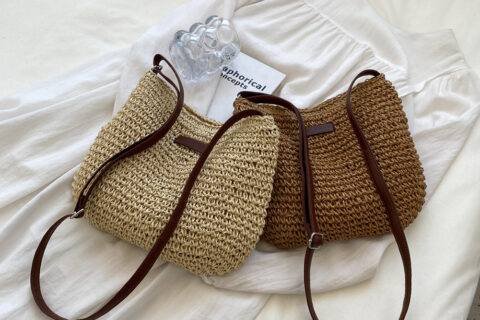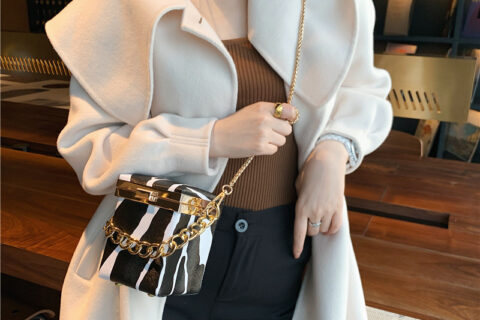Sustainable and Ethical Jewelry: What to Look For

Sustainable and Ethical Jewelry. In recent years, sustainability and ethics have become key concerns in the fashion and jewelry industries. More people are prioritizing eco-friendly and ethically sourced products in their purchasing decisions, and the jewelry industry is no exception. Sustainable and ethical jewelry refers to pieces that are made with respect for both the environment and the people involved in their creation. In this article, we will explore what makes jewelry sustainable and ethical, why it matters, and what to look for when making informed choices.
Understanding Sustainable and Ethical Jewelry
What is Sustainable Jewelry?
Sustainable and Ethical Jewelry is crafted in a way that minimizes its environmental impact. This includes using responsibly sourced materials, reducing waste during production, and ensuring the jewelry has a long lifespan through quality craftsmanship. Sustainability also involves using recycled materials, ensuring the jewelry can be reused or repurposed, and reducing harmful emissions and pollutants associated with its creation.
What is Ethical Jewelry?
Ethical jewelry focuses on the fairness and transparency of the supply chain, ensuring that the workers who mine or produce the materials are treated fairly, paid livable wages, and work in safe conditions. Ethical jewelry also avoids conflict or blood diamonds—gems that are mined in war zones and sold to finance armed conflict against governments.
Why Sustainable and Ethical Jewelry Matters
Environmental Impact of Conventional Jewelry
The traditional jewelry industry has long been associated with environmental degradation. Mining for precious metals and gemstones can cause deforestation, soil erosion, water pollution, and significant carbon emissions. Additionally, toxic chemicals like cyanide and mercury are often used in gold mining, posing a threat to ecosystems and local communities.
Choosing sustainable jewelry helps reduce the negative impact on the planet by minimizing resource extraction, lowering energy consumption, and decreasing pollution.
Human Rights and Ethical Practices
Ethical concerns in the jewelry industry often involve human rights violations, particularly in the mining sector. Workers in certain regions may be subject to dangerous conditions, forced labor, or inadequate pay. Additionally, the sale of conflict diamonds has fueled wars and human suffering in some parts of the world.
By choosing ethical jewelry, consumers can ensure that the pieces they purchase do not contribute to human exploitation. Ethical jewelry supports fair labor practices, safer working conditions, and economic development in mining communities.
Consumer Demand for Responsibility
As consumers become more aware of the impacts their purchases have on the world, demand for sustainable and ethical jewelry is on the rise. People are seeking products that align with their values—whether it’s about environmental conservation or fair treatment of workers. This growing demand has led more jewelry brands to adopt sustainable practices and improve transparency in their supply chains.
What to Look for in Sustainable and Ethical Jewelry
1. Recycled Metals
One of the easiest ways to ensure your jewelry is eco-friendly is by choosing pieces made from recycled metals. Recycled gold, silver, and platinum are just as beautiful and durable as newly mined metals, but they eliminate the need for additional mining. This reduces environmental degradation and the energy required to extract and refine raw materials.
2. Fair Trade and Fairmined Certifications
Look for jewelry that carries Fair Trade or Fairmined certifications. These certifications ensure that the precious metals and gemstones used in the jewelry were sourced under fair conditions. Fair Trade and Fairmined standards protect the rights of workers, promote sustainable mining practices, and help reduce the environmental impacts of mining.
3. Conflict-Free Diamonds
If you’re purchasing a diamond, make sure it’s certified as conflict-free. The Kimberley Process Certification Scheme (KPCS) is an international initiative that aims to prevent the trade of conflict diamonds by tracking diamonds from the mine to the market. Reputable jewelers also offer lab-grown diamonds, which have a much lower environmental impact and are guaranteed to be free from conflict.
4. Lab-Grown Gemstones
Lab-grown gemstones, such as diamonds, emeralds, and sapphires, offer an ethical and eco-friendly alternative to mined stones. These gems are chemically identical to natural stones but are produced in a controlled environment, meaning no mining is required. This eliminates the negative environmental impacts associated with traditional gemstone mining.
5. Sustainable and Ethical Certifications
When shopping for sustainable jewelry, look for certifications that guarantee the piece’s ethical and environmental standards. Reputable certifications include:
- Responsible Jewellery Council (RJC): This certification ensures that the entire supply chain, from mining to retail, adheres to responsible social, environmental, and ethical practices.
- SCS Global Services: Certifies recycled content in metals, ethical sourcing, and conflict-free status.
- Fairmined and Fair Trade: As mentioned earlier, these certifications verify that metals and gems were mined responsibly, ensuring fair pay and working conditions.
6. Small-Scale Artisanal and Local Jewelers
Supporting small-scale artisans and local jewelers is another way to ensure your jewelry is ethically sourced. Many of these jewelers create handmade, sustainable pieces using recycled materials and ethically sourced stones. Purchasing from local jewelers also reduces the carbon footprint associated with global shipping and manufacturing.
7. Vintage and Upcycled Jewelry
Opting for vintage or upcycled jewelry is one of the most sustainable choices you can make. Vintage pieces do not require new resources to be created and upcycled jewelry repurposes older materials into new designs. This not only reduces waste but also adds a sense of history and uniqueness to your collection.
Why Transparency Matters in the Jewelry Industry
Transparency is key when it comes to sustainability and ethics in the jewelry industry. Unfortunately, many brands still fail to disclose where their materials come from or the conditions under which their jewelry is produced. To make an informed decision, consumers should look for brands that provide full transparency about their sourcing and manufacturing processes. Brands that prioritize sustainability and ethics are typically eager to share this information, knowing that it is important to their customers.
How to Make a Difference as a Consumer
As a consumer, you have the power to influence the jewelry industry by making conscious choices. By choosing sustainable and ethical jewelry, you’re supporting practices that respect the environment and human rights. Additionally, educating yourself on where your jewelry comes from and asking questions about the sourcing of materials helps promote a more responsible industry.
Conclusion
Sustainable and ethical jewelry is more than just a trend—it’s a movement towards a more responsible and mindful way of accessorizing. As awareness grows, more brands are adopting sustainable practices, offering beautiful pieces that reflect both style and values. Whether you’re choosing recycled metals, conflict-free diamonds, or supporting local artisans, your jewelry can make a positive impact on the world. Next time you’re shopping for that perfect piece, consider the story behind it and know that your choices can help shape a better future for the industry and the planet.
FAQs
1. What is the difference between recycled metals and newly-mined metals?
Recycled metals are repurposed from existing materials, reducing the need for new mining and the environmental impacts that come with it. Newly mined metals, on the other hand, require fresh extraction from the earth, which can contribute to deforestation, pollution, and carbon emissions.
2. Are lab-grown diamonds real diamonds?
Yes, lab-grown diamonds are chemically and physically identical to mined diamonds. The only difference is that lab-grown diamonds are created in controlled environments rather than being extracted from the earth.
3. How do I know if my jewelry is conflict-free?
Look for certifications such as the Kimberley Process or opt for lab-grown diamonds, which are guaranteed to be conflict-free. Reputable brands will provide this information transparently.
4. What are Fairmined and Fair Trade certifications?
Fairmined and Fair Trade certifications ensure that the precious metals and gemstones used in jewelry are sourced under ethical conditions, guaranteeing fair wages, safe working environments, and sustainable practices.
5. How can I care for my sustainable jewelry?
Caring for sustainable jewelry is the same as caring for any high-quality piece. Regular cleaning with mild soap and water, storing your jewelry in a soft-lined box, and avoiding exposure to harsh chemicals will help keep your pieces in great condition for years to come.




